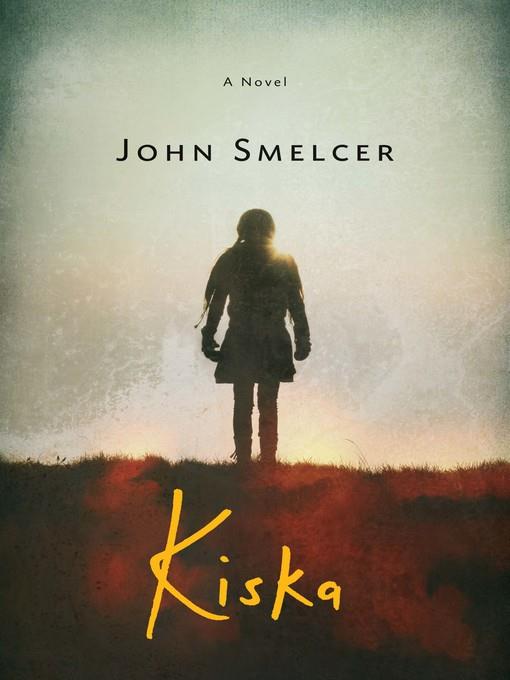
Kiska
کتاب های مرتبط
- اطلاعات
- نقد و بررسی
- دیدگاه کاربران
نقد و بررسی

August 1, 2017
Gr 8 Up-This historical novel is the story of Kisha, a 14-year-old Aleut Alaskan girl, her family and other Aleuts who were forced to relocate to a United States Army internment camp (1942-1945). It opens with an elderly Kiska sharing the story with her granddaughter. The dialogue between the grandmother and granddaughter is not realistic in terms of an indigenous worldview. The grandmother Kiska prefaces her tale by emphasizing an apology to her granddaughter for sharing a story that has caused her much heartache. Elders seldom give apologies for sharing the truth of experiences. The story describes Aleut villagers who were taken from their homes by force. And everyone but Kiska's rebellious brother Peter makes the best of a harsh and cold environment. The people were malnourished, lacked medical care, and suffered abuse; many died. Fragments of information about their lives before internment are briefly described. Indigenous words appear in awkward places in the narrative and distract rather than enhance the story or enrich understanding of the Aleut culture. The shaman Agafon is a key character who befriends Kisha against her father's instructions. He teaches her to catch seafood in order to help her feed the people. Agafon is shrouded in stereotypes. He speaks in typical "broken English" dialogue laced with pithy phrases. Discussion questions and period black-and-white photos are provided. No additional resources are included. VERDICT The real-life story of Kiska is worthy to be told, however this novel is not as well-written as some of the author's previous works.-Naomi Caldwell, Alabama State University, Montgomery
Copyright 2017 School Library Journal, LLC Used with permission.

August 15, 2017
In 1942, 14-year-old protagonist Kiska Baranoff's island world turns upside down after Japan attacks Alaska.For centuries Kiska's people, the Aleuts, have lived according to their traditional ways on their island homes off the coast of Alaska. The men hunt seals, venturing into the ocean in baidarkas, or traditional kayaks. Kiska dreams of becoming a hunter herself, but tradition forbids the use of kayaks by women. Kiska knows women have other, important jobs to do: they gather sea gull eggs and clams, cut and dry salmon and other fish, and render seal oil. Not long after the Japanese attack, men in American Army uniforms land on Kiska's island. They immediately round up all the villagers and force them into the belly of a ship to be taken to an undisclosed destination. Three hundred other Aleutians from many other islands in the archipelago are also forced onto the ship. It then travels 2,000 miles away and leaves them on Admiralty Island, an unfamiliar and stark environment. There they are housed in a decrepit building, an abandoned cannery that the Aleuts eventually improve. Soon after meeting an elder shaman, Agafon Krukoff, Kiska becomes his apprentice. Through his teachings, Kiska discover a way to help her people survive. Kiska narrates, describing the inhumane conditions, the soldiers' racism, and terrible losses. The quiet tone of Smelcer's text softens the cruelty the Aleutians suffer, and in the character of Kiska, he gives readers a strong, resourceful heroine. A look at an obscure but important part of United States history. (Historical fiction. 10-14)
COPYRIGHT(2017) Kirkus Reviews, ALL RIGHTS RESERVED.

























دیدگاه کاربران